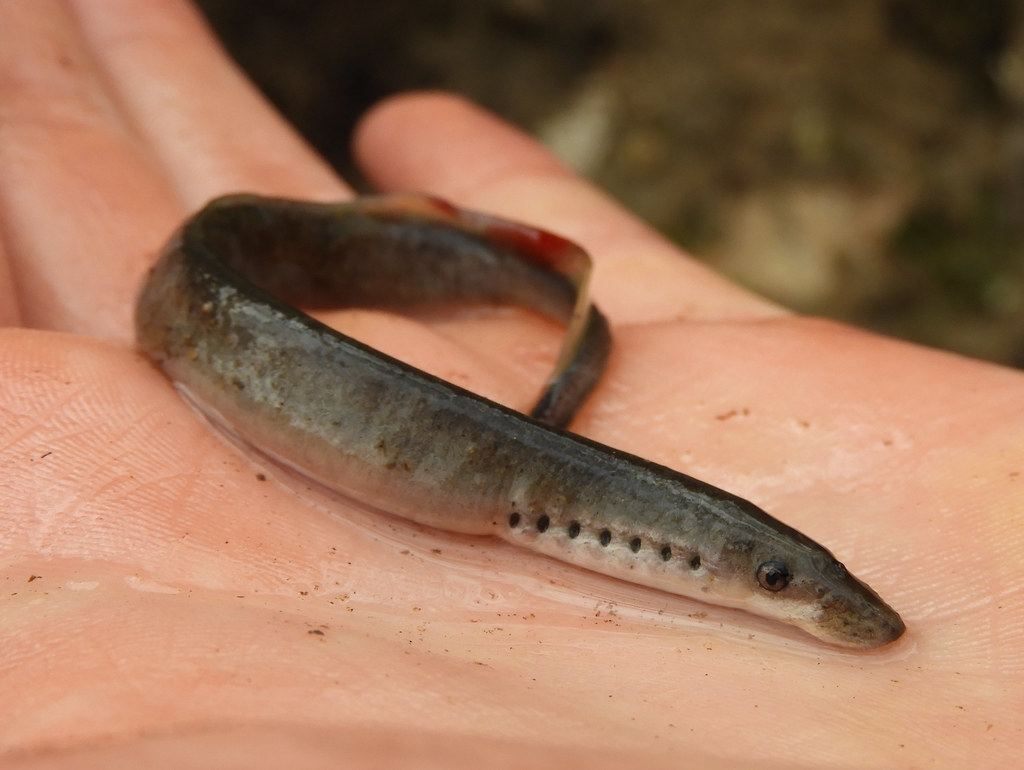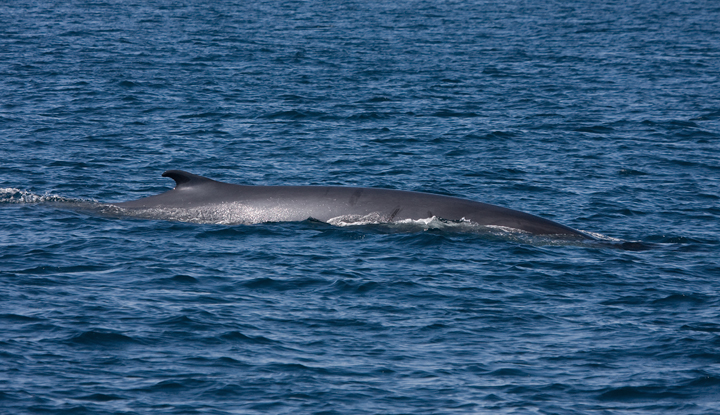What is a fish?
I am delighted to share the first of two guest posts from our dear friend Tom Feild. Read on today to learn why we are more closely related to trout than trout are to sharks!
What is a fish?
Many of us remember learning five classes of vertebrates: fish, amphibians, reptiles, birds, and mammals. While this traditional arrangement is generally still followed for the latter four groups, what are typically called fish have now been divided into at least four distinct classes. This is due to the richness and diversity of the world’s fish fauna, with nearly 34,000 living species, more than half of all vertebrates. This diversity is driven by the long history of vertebrate evolution.
When Linnaeus first defined the classes of vertebrates, relationships were based on structure and behavior, which can be subjective. The theory of evolution provided a more objective framework, and modern taxonomy strives to define taxa (e.g., species, genus, family, etc.) according to their evolutionary relationships. Each taxon should be defined to include all descendants from a common ancestor. Thus, every member of a taxon should be more closely related to every other member of that taxon than they are to any member of a different taxon.
One of the major developments in vertebrate evolution was the development of non-cartilaginous bones. Sharks and Rays have cartilaginous skeletons; this branch of the vertebrate tree first appeared prior to the evolution of bones. The other major group of fish, called bony fish, appeared after the evolution of bones. Amphibians, reptiles, birds and mammals, collectively called tetrapods, also have bones. This shows that the sharks diverged from the other “fish” before the tetrapods diverged from the bony fish. We are more closely related to trout than trout are to sharks! If we maintained the class Pisces as defined by Linnaeus to include sharks and bony fish, this taxon should also include mammals, birds, amphibians and reptiles – a fishy arrangement indeed!
Instead sharks and rays are placed in class Chondrichthyes and bony fish in class Actinopterygii. For this reason, MBP places the sharks and rays on a separate page from the bony fish. The taxon Gnathostomata is defined to include all jawed vertebrates, so sharks and rays, bony fish and tetrapods are all within Gnathostoma.
--
Join us tomorrow for Part 2 of this guest post, where things get even stranger!
- Bill







